- Sensors And Modules, Students Corner
I2C Module for LCD Display
- I2C Interface: Converts LCD parallel interface to I2C, reducing required GPIO pins.
- Compatible: Works with 16×2 and 20×4 character LCDs.
- Adjustable Contrast: Built-in potentiometer for easy contrast adjustment.
- Backlight Control: Onboard jumper to enable or disable the LCD backlight.
- Easy Integration: Simplifies wiring and coding for microcontrollers.
- Standard I2C Addressing: Typically set to 0x27 or 0x3F, configurable.
SKU: n/a - Display Modules and LCDs, Students Corner
LCD 16×2 Display Module
- 16×2 Character Display: Shows 16 characters per line on two lines.
- HD44780 Controller: Compatible with standard microcontrollers.
- High Contrast: Clear and bright display for easy readability.
- Backlight Option: Includes LED backlight for visibility in low-light conditions.
- 4-bit and 8-bit Modes: Supports both parallel interfaces for flexible connections.
- Adjustable Contrast: Built-in potentiometer for contrast adjustment.
- Low Power Consumption: Energy-efficient, ideal for battery-powered projects.
- Custom Characters: Create and display custom characters and symbols easily.
SKU: n/a
I2C Module for LCD Display
In stock
- I2C Interface: Converts LCD parallel interface to I2C, reducing required GPIO pins.
- Compatible: Works with 16×2 and 20×4 character LCDs.
- Adjustable Contrast: Built-in potentiometer for easy contrast adjustment.
- Backlight Control: Onboard jumper to enable or disable the LCD backlight.
- Easy Integration: Simplifies wiring and coding for microcontrollers.
- Standard I2C Addressing: Typically set to 0x27 or 0x3F, configurable.
₨ 200
In stock
Overview
The I2C Module for LCD Display is an essential accessory designed to simplify the connection between microcontrollers and LCD displays. By converting the parallel interface of an LCD to an I2C interface, this module significantly reduces the number of GPIO pins required, making it ideal for projects with limited pin availability. Compatible with a wide range of LCDs, including the popular 16×2 and 20×4 character displays, the I2C module offers a streamlined, efficient way to add visual output to your electronics projects.
Key Features
- I2C Interface: Reduces the number of control lines needed to connect an LCD to a microcontroller from 16 to just 2 (SDA and SCL).
- Compatibility: Works with standard character LCD displays, including 16×2 and 20×4 models.
- Adjustable Contrast: Features a potentiometer for easy contrast adjustment of the connected LCD.
- Built-in Backlight Control: Includes an onboard jumper to control the LCD backlight, allowing it to be turned on or off as needed.
- Ease of Use: Simplifies wiring and coding, especially for complex projects or microcontrollers with limited pins.
- Standard I2C Addressing: Typically set to 0x27 or 0x3F, easily changeable to avoid conflicts with other I2C devices.
- Efficient Communication: Ensures reliable data transfer with minimal delay, suitable for real-time display updates.
- Compact Design: Small form factor that easily mounts to the back of the LCD module.
Applications
- DIY Electronics Projects: Perfect for hobbyists and makers needing to display data with minimal wiring.
- Embedded Systems: Ideal for adding visual interfaces to embedded applications, such as sensor data displays.
- Educational Tools: Simplifies learning about I2C communication and LCD integration in microcontroller courses.
- Home Automation: Displays status information, sensor readings, and other data for smart home devices.
- Prototyping: Quick and easy setup for testing and developing new electronic designs.
Technical Specifications
- Interface: I2C (SDA and SCL pins)
- Operating Voltage: 5V DC
- Backlight Control: Onboard jumper
- Contrast Adjustment: Onboard potentiometer
- I2C Address: Typically 0x27 or 0x3F, configurable
- Dimensions: Approximately 41mm x 19mm x 11mm
- Compatibility: 16×2 and 20×4 character LCD displays with HD44780 controller
Wiring and Connection
- Connect the I2C Module to the LCD Display: Align the pins of the I2C module with the corresponding pins on the LCD display and solder them together.
- Connect to Microcontroller:
- SDA: Connect to the I2C data line of the microcontroller.
- SCL: Connect to the I2C clock line of the microcontroller.
- VCC: Connect to the 5V power supply.
- GND: Connect to the ground.
- Adjust Contrast: Use the potentiometer on the I2C module to adjust the LCD contrast to the desired level.
- Backlight Control: Use the jumper to enable or disable the LCD backlight as needed.
Software Integration
- Libraries: Utilize popular libraries such as LiquidCrystal_I2C for Arduino or compatible libraries for other microcontrollers to simplify coding.
- Initialization: Initialize the LCD in your code by specifying the I2C address and dimensions of your display (e.g.,
lcd.begin(16, 2)for a 16×2 display). - Display Control: Use standard commands to control the display, including setting cursor positions, printing text, and controlling backlight.
Why Choose Our I2C Module for LCD Display?
Our I2C Module for LCD Display provides a hassle-free solution for integrating character LCDs with microcontrollers. By reducing the required pin count and simplifying wiring, it allows for efficient use of resources and easy expansion of your projects. With its reliable performance, ease of use, and broad compatibility, this module is an invaluable addition to any electronics toolkit.
Streamline your LCD connections and enhance your projects with our I2C Module for LCD Display. Perfect for a wide range of applications, from DIY projects to professional prototypes, this module offers the efficiency and simplicity you need for effective visual displays.



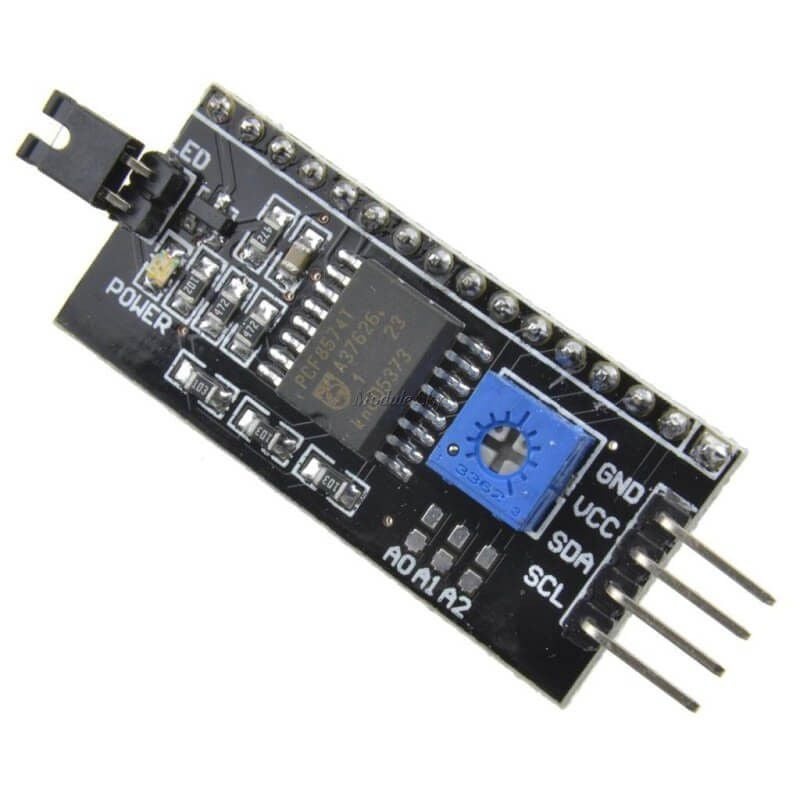

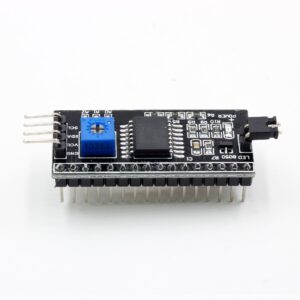
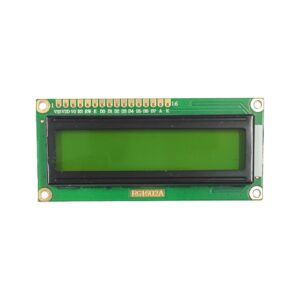
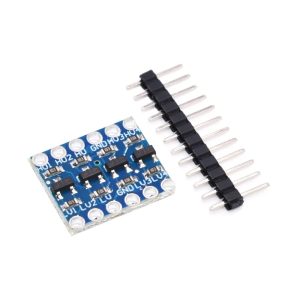

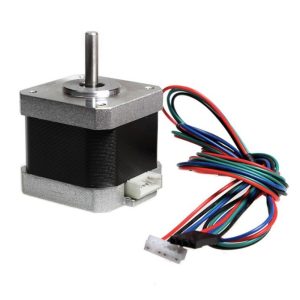


There are no reviews yet.